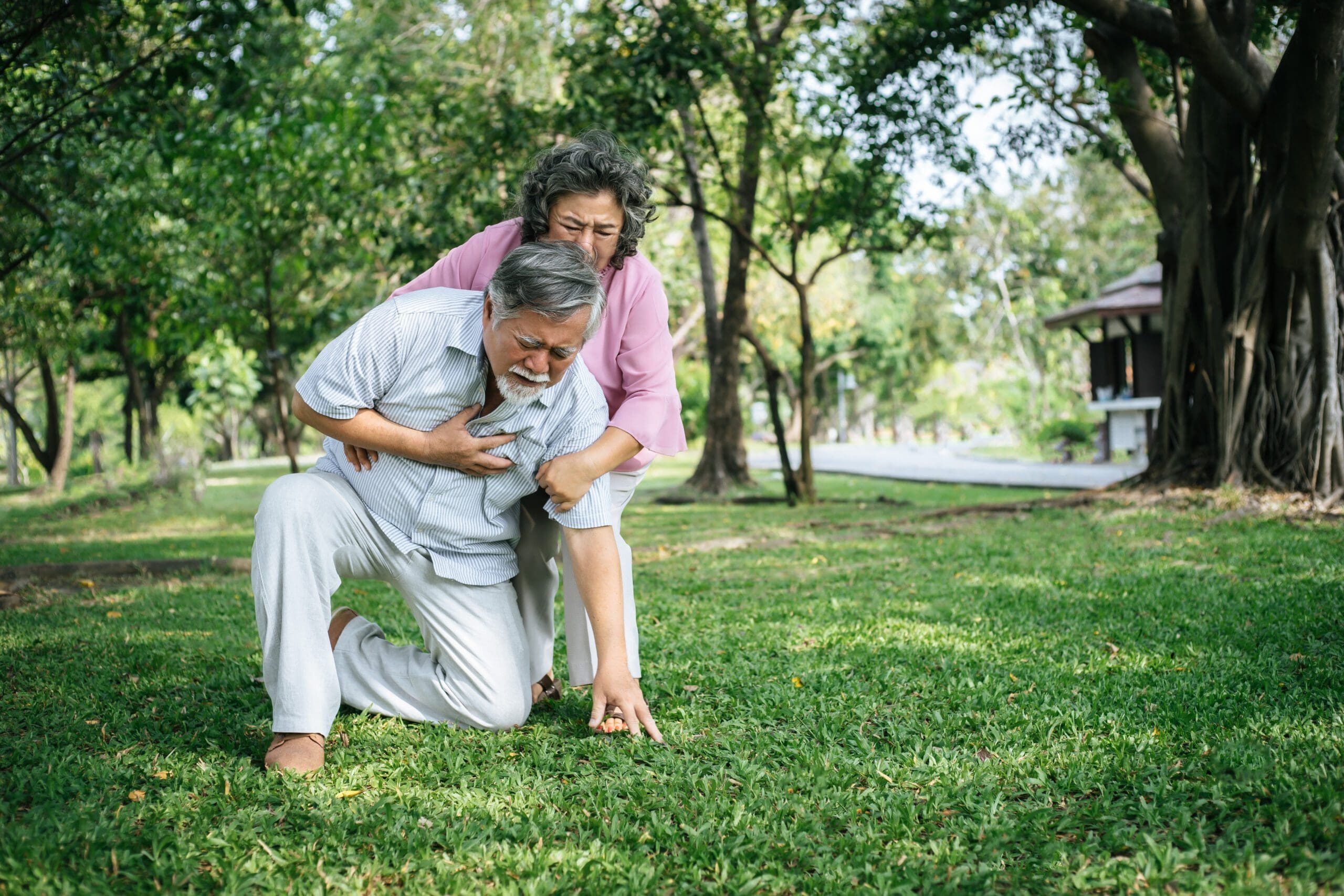10 Key Factors To Know Auto Accident Attorney You Didn't Learn In School

Auto Accident Legal Matters
Contact an experienced attorney immediately If you've suffered injuries in a car accident. Your attorney can help you know your rights and obtain the compensation you are entitled to.
All drivers have a duty to obey traffic laws. If they do not comply with this duty and cause harm, they are held accountable.
Damages
In general there are two types of damages that can result from an auto accident. The first, known as special damages, have a specific dollar value that is easy to determine. Special damages include medical expenses, lost wages and vehicle repairs. The second type of damage that are referred to as non-economic damage is more difficult to quantify. These include things such as suffering and pain.
To be able to claim compensation for non-economic losses, it is necessary to to show that the injuries suffered were serious enough to merit the amount. This is not an easy task and the victim must be represented by a lawyer.
One of the most common types of non-economic damages is the loss of enjoyment of life. Generally, this entails a monetary sum that reflects the diminished quality of life experienced because of injuries resulting from accidents. This could include the inability of the victim to take part in activities that were once enjoyable like driving.
In some cases victims could be capable of suing for punitive damages. These damages are intended to punish the perpetrator and discourage any further actions that are as egregious. Punitive damages are not available in all instances. A successful claim will require evidence that the defendant's actions were carried out with conscious disregard for others' safety.
Liability
If you suffer injuries in an auto accident the person who caused the injuries you sustained is responsible to compensate you. This includes compensation for medical expenses, property damage, loss of income as well as non-economic damage like suffering and pain. In the majority of cases, it is the driver who was responsible for the crash. It is not uncommon for the two drivers to share blame. Certain states have what are called comparative negligence laws. In these, jurors determine the respective percentage of blame for each driver and adjust the damage amount in accordance with that percentage.

It is vital to prove what happened to an insurance company, or to a jury or judge. The burden of proof is what we call it. The burden is shifted to the person who is making the claim - the plaintiff - and demands that you provide proof of how the accident happened.
Another type of case that can be brought is when a governmental entity is at fault for the accident. This could happen when a roadway is poorly constructed or maintained and results in an accident. These types of claims are also known as roadway defect cases. Sometimes, manufacturers are at fault in these types of claims too. They may be held accountable for defects such as brakes, tires, and mechanical failure.
At-fault driver citations
Most of the time, police officers can determine who caused the accident by looking at the crash scene and interviewing witnesses. They might issue a ticket if they think the driver was in violation of traffic laws. Insurance companies can also use police reports to determine the fault.
Following auto accident lawsuit garland , it is normal for drivers to point fingers at each other. This can be harmful. It could not only leave the driver in front of you a bad impression, but it could also result in you committing a crime in the court.
In most car accidents there are at least two parties who share some level of responsibility. Many states have modified comparative-fault rules, which allow claimants to recover damages less their percentage of blame. An insurance adjuster might use a traffic citation to increase a claimant's percentage of responsibility for the accident, which may reduce their settlement for their injuries.
The fact that a person is mentioned in a car crash could be proof that they were responsible for the accident. It's not an assurance that a personal injury lawsuit will be successful. Depending on your case other evidence could be required to show that the other driver was negligent and caused injury to you. This could include witness testimony, evidence taken from the site of the accident, as well as medical records detailing your injuries.
Police reports
When officers from the police arrive at a car accident site they complete an official report. The reports will contain both facts and opinions that were observed by the officers on the scene when the accident occurred. It is an essential document for any auto accident claims. Insurance companies will also review the report to determine the fault and amount of compensation.
Based on the region, police report are admissible or not in court. The police report includes statements from individuals who haven't been officially sworn in as witnesses. In order for these statements to be considered as evidence in a legal matter they must fall within one of the exemptions to hearsay law.
A typical report from a police officer contains details about the driver, vehicles and victims involved in the crash along with a description of what happened and any evidence found at the scene. The majority of police reports include the officer's opinions about how the accident occurred and who is the most responsible for the incident.
Even if there is no indication that you are injured, it is still in your best interests to file a police accident report, even if the accident appears to be minor. It is crucial to document the incident because not all injuries are obvious immediately.
